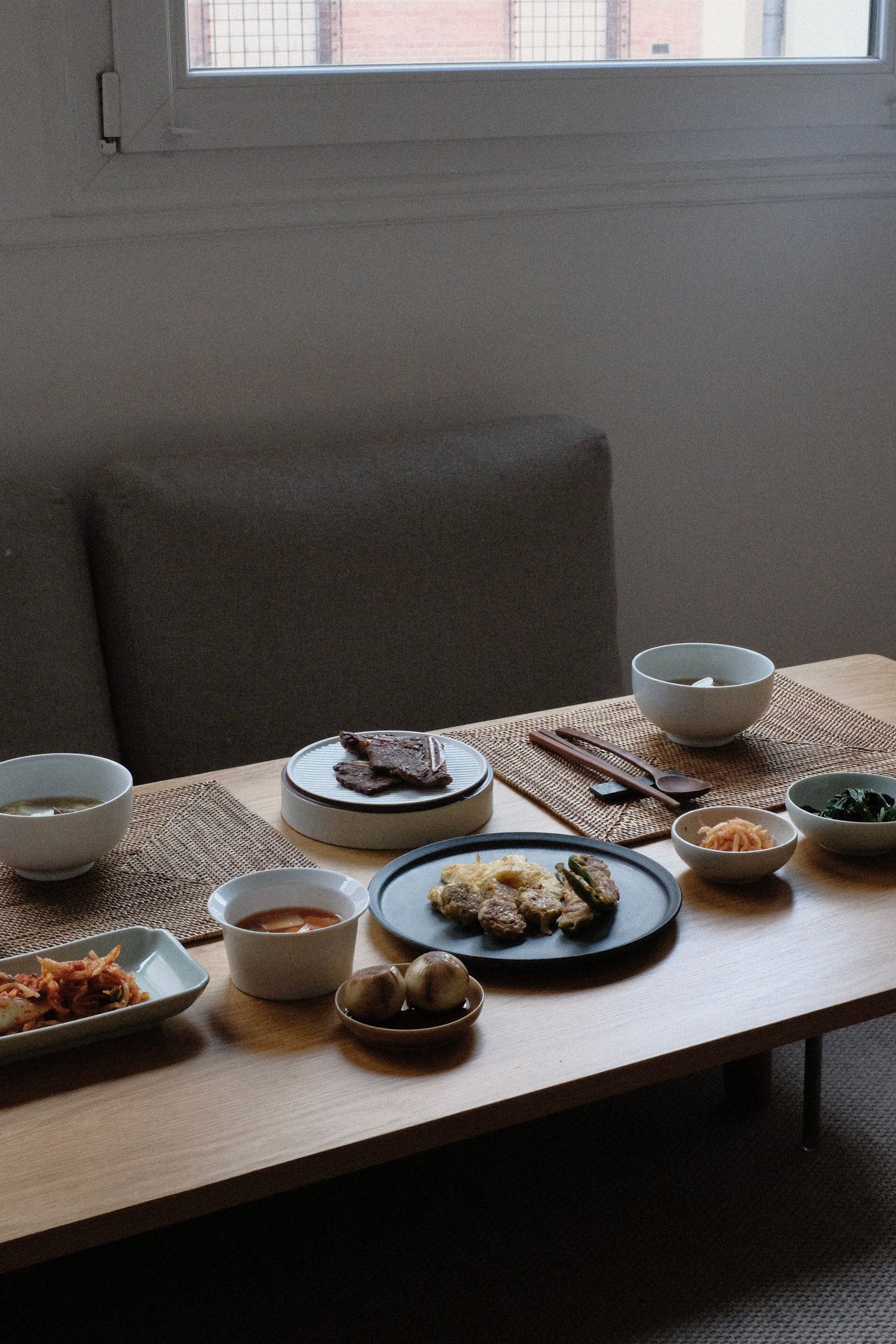Seollal is the first day of the lunar calendar. It's one of the most important traditional holidays in Korea.
Some families perform Charye(an ancestral ritual), and some don't do it if they can't or don't want to, especially for religious reasons. My family did. The three days of holidays were packed with things to do. On the first day, my family at my parents' restaurant prepared the food for Charye and took customers simultaneously. At midnight we closed the restaurant, cleaned it up, came home, and slept for a couple of hours. On the second day, we woke up even before sunrise and cleaned the house. And a giant foldable table came out of nowhere, and we prepared the table full of food for Charye. After Charye, we didn't have time to rest. We cleaned it up, went to my grandma's place (which was nearby), performed another Charye there, and cleaned it up. When the sun sets, we came home and got some sleep. On the third day, there was no physical labor, but it was uncomfortable. It was rare for my family to rest altogether in the same place, and it conveniently provided chances for my parents to nag us.
It was tough, but one good part was to prepare and share the food.
There was a big batch of Korean flat meatball in a big bowl. I made it small balls, covered them lightly in flour, passed them to mom. She brought two giant electronic fry-pan out of nowhere and prepared beaten egg and oil. She used one to fry Sanjeok(seasoned slices of beef and vegetables on a skewer) and Dongtaejeon(pollock fish pancake). Another fry-pan was given to me to fry the flat meatball. After a while, I noticed myself having become a master with a big belly. At first, it smelled so good, and I couldn't help it. Later I ate some of the "failures." Sometimes, I was tired and a bit bored, so I ate one by one without thinking.
Mom shared lots of Jeon(many different types of pan-fried food) and seasoned vegetables with our restaurant customers and neighbors, including people working in the nearby restaurants just like us. I still vividly remember the look on their face, my mom's face, and the feeling of looking at them.
Now I'm living abroad and don't perform Charye. Whenever traditional holidays come, I buy more groceries than usual to share a bit with people near me. The memories of the people from the past keep coming to me, and I can't help it.
